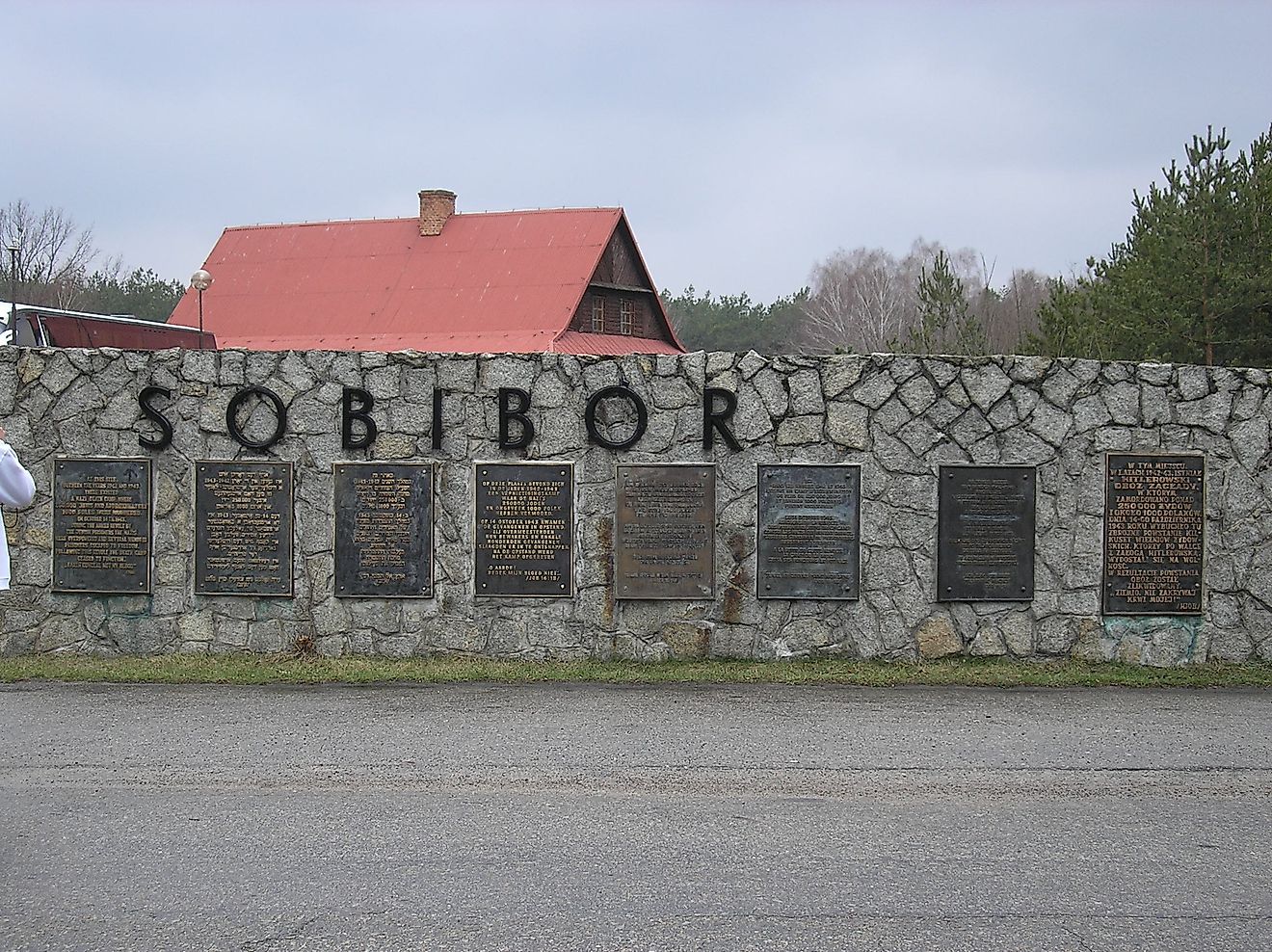The Smithsonian Natural History Museum: Beyond The Public View

Smithsonian is not just museums and galleries: collection maintenance, research, discovery, and invention are an equally important part of its everyday activities. Beyond the Natural History Museum's exhibitions, there is a labyrinth of storage rooms, laboratories, offices, corridors, meeting, and computer rooms, filled with scientists and inventors.
Maintaining And Expanding The Knowledge Of Our World
In this mix of university, laboratory, and preservation storage, scientists advance our understanding of our planet, processes, and events that shaped it and will reshape it again. Through the objects collected, scientists detect the patterns and connections through time, space, and ideas and understand what shapes the way humanity is developing. Brilliant minds, sophisticated equipment, specimens, books and papers, and advanced computer systems: this is the realm of the National Museum of Natural History Research and Collections.
Museum regularly conducts field studies and sends expeditions all over the world: to deserts and rainforests, depths of the ocean, and mountain peaks. It actively cooperates and runs joint projects with every state and many countries. The collection also keeps expanding: fossils, animals, plants, artwork, and artifacts.
Protecting 145+ Million Objects For The Research And Public Enjoyment
The Natural History Museum collections comprise one of the most comprehensive natural history collection in the world. The Smithsonian's mission is to increase our scientific knowledge. All the collections at the National Museum of Natural History (NMNH) serve this purpose: they are actively used for research, education, and inspiring the public.
Scientists here take the responsibility of preserving the collection for future generations very seriously. Specialists who care about it maintained its integrity for over 150 years. Preserving and organizing an enormous collection of rare, valuable, often fragile objects is a lot of work! Many of the items require special care and conditions to prevent decay. Sheer cataloging alone is quite some task!

These collections answer a lot of scientific questions and help to understand the enormous complexity of the world and humanity as a collective.
Advancing Scientific Literacy Of The US Nation And The Worldwide Community
The National Museum of Natural History (NMNH) cooperates with researchers and educators across the world. Any scientist who is working on one of the mysteries of the planet can request a visit and work with the objects crucial for their studies.
There are several educational projects as well, and a constant stream of ongoing events for both adults and kids of all ages. Internships and fellowships are maintained so the future generations of scientists could gain hands-on experience not accessible otherwise. There are volunteer programs and learning programs for teens: Q?rius is a science education center that aims to make the resources of museum's science, researchers, and collections visible and accessible for the learners.
Laboratories And Special Programs
The National Museum of Natural History maintains several laboratories and spaces to advance the research: Smithsonian Marine Station at Fort Pierce to study oceans, marine ecology and biology, and human impact; laboratories of Analytical Biology - the biotechnology core of the NMNH molecular and DNA research programs, with the equipment and computers;
Biorepository with nitrogen tanks preserving the diversity of samples to ensure they are not lost forever; Museum Support Center - main collections storage facility; Osteology Prep Lab - the lab to study and prepare the collected remains and tissues.

There are several major programs with dedicated teams.
- Encyclopedia of Life: the goal fo this program is to share knowledge and advance the understanding of living nature by providing free, open, multilingual access to trusted information on all known species to anyone who wishes to learn.
- Global Genome Initiative: The Global Genome Initiative (GGI) is a collaborative science-based endeavor to collect the Earth's genomic biodiversity, preserve it in the world's biorepositories and make it available to researchers everywhere. The Global Genome Initiative aims to capture 50% of the world's genomic diversity by 2022.
- Human Origins: understanding the Anthropocene, the age of humans, and the macro processes shaping this age. The first age when not only is the environment shaping the creatures, but the living creatures entirely reshape and create new environments.
- Oceans Program: the goal of this program is to share the understanding, evaluate the resources, and protect the vulnerable ecosystem of the oceans.
Access The Collections Yourself
The National Museum of Natural History provides free access to over 9 million of its specimen records online. You can explore or search the extensive collection of objects and specimens with visual aid and insight.











